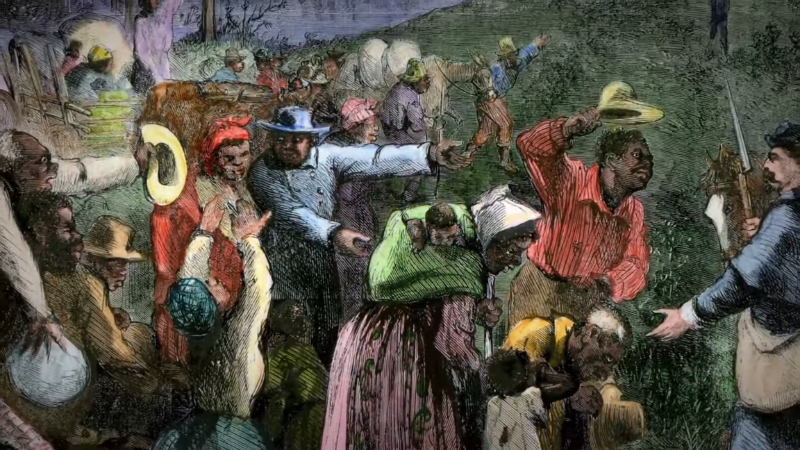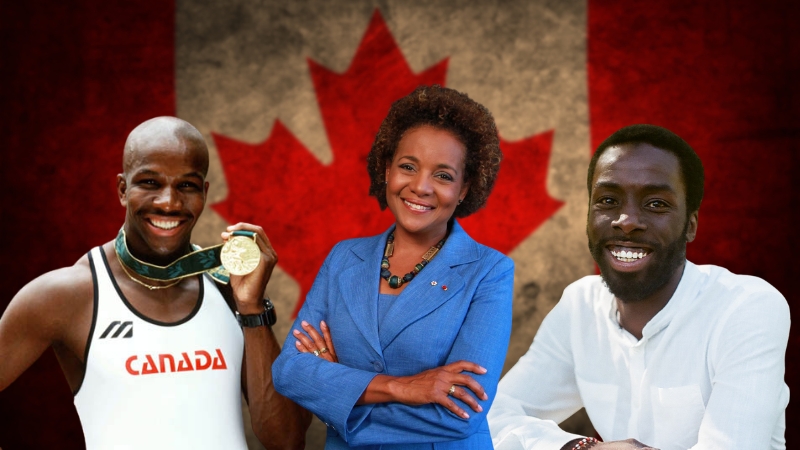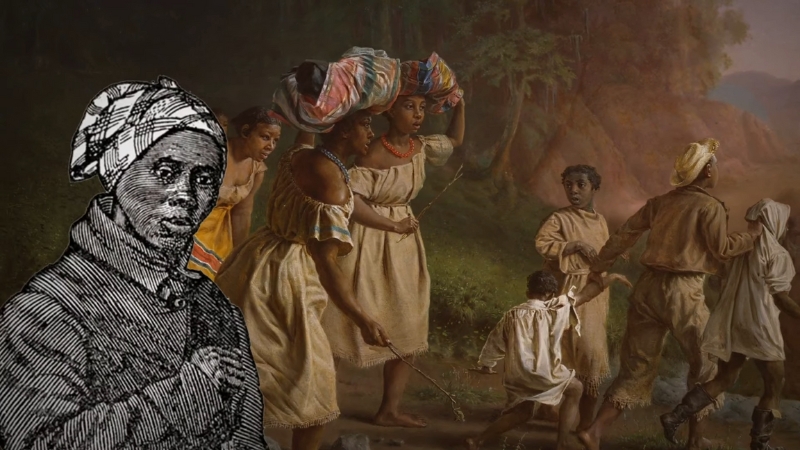What if I told you that Canada’s history isn’t as clean-cut as many believe?
Beyond the polite reputation and multicultural ideals, there’s a history of struggle, resistance, and triumph that often goes unnoticed.
For over 400 years, Black Canadians have been shaping this country, fighting for freedom, building communities, and redefining what it means to belong.
From the first recorded Black presence in the 1600s to the civil rights battles of the 20th century and the ongoing push for equality today, this is a legacy worth knowing.
1600s: The First Black Canadians – More Than Just Slaves
View this post on Instagram
Many assume the presence of Black people in Canada began with the Underground Railroad, but it started much earlier.
The first recorded Black man to set foot in what is now Canada was Mathieu Da Costa, a free African interpreter who worked with European explorers in the early 1600s.
He spoke multiple languages, bridging gaps between the French and Indigenous communities.
His story is remarkable, yet most history books barely mention him. Instead, what followed his arrival was a darker chapter: slavery.
By 1628, records show that an enslaved boy named Olivier Le Jeune was brought to New France.
He was just seven years old. Unlike in the United States, where slavery was tied to large-scale plantations, enslaved Black people in Canada were often forced to work as domestic servants or farm laborers.
But make no mistake—slavery in Canada was just as brutal, stripping people of their freedom, families, and futures.
1700s: Black Loyalists and Broken Promises
By the 1700s, slavery was well established in Canada, despite how rarely it’s discussed today. Enslaved Black men, women, and children were owned by French and British settlers alike and forced to work in homes, farms, and businesses.
Unlike the large-scale plantations in the American South, Canadian slavery was more domestic—but no less brutal.
Black Loyalists: Betrayed by the British
Between 1783 and 1785, more than 3000 Black Loyalists came to Nova Scotia as a direct result of the American Revolution. They came from slavery and war to take control of their lives, making choices within the limits they faced. @BlhsBirchtown
— Nova Scotia Museum (@NS_Museum) June 3, 2020
A major turning point came with the American Revolution (1775-1783). Thousands of enslaved Africans were promised freedom by the British in exchange for fighting against the American rebels. These individuals became known as Black Loyalists.
After the war, Britain kept its word—sort of. More than 3,000 Black Loyalists were sent to Nova Scotia, where they were promised land, resources, and a new beginning. But when they arrived, they faced racism, poverty, and broken promises.
Despite this, Black communities like Birchtown (one of the largest free Black settlements in North America) emerged. The people there fought for survival, built schools, and maintained their culture against all odds. But the conditions were so harsh that many Black Loyalists eventually left for Sierra Leone in 1792, hoping to find the freedom they had been promised.
1800s: The Underground Railroad – A False Promise of Safety?

The early 19th century brought a wave of Black migration to Canada through the Underground Railroad—a network of secret routes and safe houses that helped thousands of enslaved African Americans escape to freedom.
Canada, part of the British Empire, officially abolished slavery in 1834. This made it a logical destination for those fleeing the horrors of slavery in the United States. However, while Canada offered freedom, it did not offer true equality.
Segregation and Racism in a “Free” Canada
Upon arrival, many Black refugees settled in Ontario and Nova Scotia. They were safe from slavery, but racism followed them. White settlers often opposed their presence, leading to:
Despite this, thriving Black communities developed. Places like Buxton, Ontario, and Africville, Nova Scotia, became symbols of Black resilience. In Buxton, Black settlers built schools, farms, and churches, proving that they could thrive despite discrimination.
Africville, however, faced a more tragic fate. Located on the outskirts of Halifax, it was home to generations of Black families who built homes, businesses, and a close-knit community.
Yet, the government neglected it—refusing to provide basic services like paved roads and clean water. Then, in the 1960s, the city forcibly evicted residents and bulldozed their homes, destroying a community that had stood for over a century.
1900s: The Civil Rights Battle in Canada
The 20th century saw Black Canadians pushing back against racism in new ways. Slavery was gone, but segregation and discrimination were still alive and well.
Viola Desmond and the Fight for Equality
One of the most famous moments in Canada’s civil rights history happened in 1946 when Viola Desmond, a Black businesswoman, refused to leave the whites-only section of a Nova Scotia movie theater. She was arrested and fined simply for sitting where she wasn’t “allowed.”
Her case became a major catalyst for change, inspiring legal battles and civil rights activism across the country. Today, her face is on the Canadian $10 bill, but her fight for justice went far beyond that single act of defiance.
Workplace Discrimination and the Black Labor Movement
In the mid-1900s, Black workers in Canada were routinely denied good jobs. Many were forced into low-paying, labor-intensive positions, regardless of their skills or education.
One of the biggest fights happened within the railway industry, where Black men were only allowed to work as sleeping car porters—servants for white passengers. Tired of mistreatment, they organized and eventually formed one of Canada’s first Black-led labor unions, which helped pave the way for future civil rights victories.
Present Day: The Legacy Lives On

Today, Black Canadians continue to shape the nation. Their influence is undeniable, from politics and business to sports and the arts. Some names you should know:
- Michaëlle Jean – The first Black Governor General of Canada.
- Donovan Bailey – Olympic gold medalist and one of the fastest sprinters in history.
- Desmond Cole – A modern-day activist pushing for racial justice in Canada.
But the fight isn’t over. Systemic racism still exists, and Black Canadians continue to push for justice, equality, and recognition.
Why Black Canadian History Matters
The story of Black Canadians isn’t just “Black history”—it’s Canadian history. Yet, it’s often erased or ignored in schools and public discourse. Recognizing this legacy isn’t about dwelling on the past; it’s about truth, acknowledgment, and ensuring future generations know the shoulders they stand on.
Figures like Viola Desmond, Lincoln Alexander, and the many others who paved the way, remind us of the immense contributions Black Canadians have made throughout history.
So, next time someone says Canada never had slavery, or that racism isn’t “as bad” here, remember these stories. The fight for justice didn’t start yesterday, and it won’t end tomorrow. But history has shown one thing over and over again—Black Canadians don’t give up.
